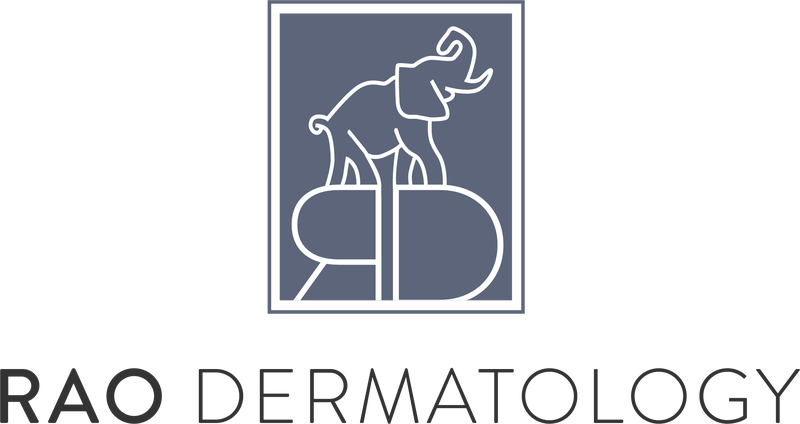SKIN CANCER PREVENTION,
DETECTION, AND TREATMENT
Rao Dermatology is proud to offer comprehensive and state of the art medical dermatology services for the prevention, detection and treatment of skin cancer.
Here at Rao Dermatology, we are equipped with the most advanced non-invasive technology and staff to fully utilize them in order to diagnose skin cancer, especially melanoma. Our team is trained to find skin cancer that may not be visible to the naked eye using special tools like Dermascopy and Confocal Microscopy.
PREVENTION
Skin Cancer Exams:
The first step in skin cancer prevention is routine skin cancer exams. A skin exam entails our staff checking your skin, from head to toe or at your comfort level for any suspicious moles, spots or anything new or changing that you may have noticed. Skin cancer exams are usually done annually, but the frequency can depend on your medical history.
Mole Mapping:
For high risk patients with personal and familial histories of melanoma and other skin cancers, one of the most reliable ways to track new and changing pigmented lesions is with side-by-side comparisons of baseline and follow up photos. Total Body Imaging is done in our office and the appointment takes around 30 minutes. These images are used at each visit to serve as a baseline and to track and changes that may occur to your moles.
DETECTION
Dermoscopy:
Dermoscopy, which is at the forefront of non-invasive pigmented lesion analysis, makes it possible to discern the patterns within moles that help us evaluate their potential for harm. Highly specialized equipment and training allow us to be more selective and more accurate when determining if and when surgery is necessary.
Confocal Microscopy:
Confocal Microscopy allows for high-resolution, non-invasive imaging of benign and malignant pigmented lesions, nonmelanoma skin cancer, and inflammatory skin conditions. Thin sections of tissue can be imaged allowing visualization of the cellular detail without biopsy. These images can then be analyzed by a trained Confocalist
TREATMENT
Photodynamic Therapy:
For sun-damaged skin and precancerous actinic keratoses, our patients can take advantage of non-invasive photodynamic therapy (PDT). Unlike biopsies, cryosurgery, or electrodessication, PDT allows for treatment of an entire area of sun damage, reducing the chance that undetected pre-cancerous cells will be left untreated.
Mole Removal:
Moles are a common occurrence on the skin that are usually benign. Moles can be present since birth (birthmarks) or they can start appearing during childhood and adolescence, usually on sun-exposed areas of the body. Whenever a new mole appears, or an old mole starts to change in color or size, or becomes itchy or painful, it should be examined by a dermatologist who has experience in evaluating moles and pigmented lesions. Some individuals have hundreds of moles, making it difficult to self-monitor them, which makes regular examinations by a dermatologist even more important. Patients with a family history of cancerous moles have an even higher risk of melanoma.
MOHS Micrographic Surgery:
The treatment of choice for cancers of the face and other sensitive areas, the MOHS technique allows the physician to precisely identify and remove the entire tumor, leaving surrounding healthy tissue intact and unharmed. MOHS Surgery is done in our office, your appointment can take anywhere from 1 to 4 hours. The skin cancer is tested on site to assure that you are cancer free when leaving the office.
TESTIMONIALS
Copyright © 2025 Rao Dermatology. All rights reserved. Terms and Conditions | Privacy Policy. Made by akby.
